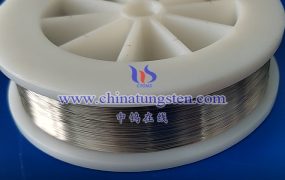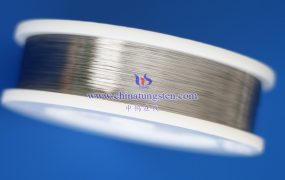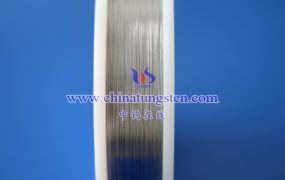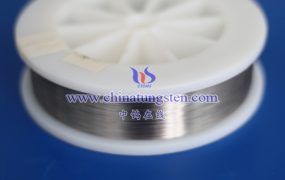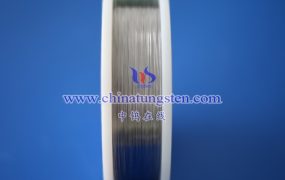The surface oxidation of tungsten wire will significantly affect its life, mainly reflected in the following aspects:
- Degradation of physical properties
Embrittlement:
Tungsten easily reacts with oxygen in a high temperature environment to form tungsten oxide (WO₃). As the oxide layer thickens, the tungsten wire will gradually become brittle, and the tensile strength and toughness will decrease, increasing the risk of fracture.
Surface morphology changes:
The formation of the oxide layer will change the surface morphology of the tungsten wire from metallic luster to gray or black, and may even peel off and crack. These changes will affect the performance and life of the tungsten wire.
- Reduced conductivity
The presence of the oxide layer will increase the resistance of the tungsten wire surface, resulting in a decrease in conductivity. This will not only affect the current transmission efficiency, but may also cause local overheating and increased power loss, further accelerating the oxidation and aging process of the tungsten wire.
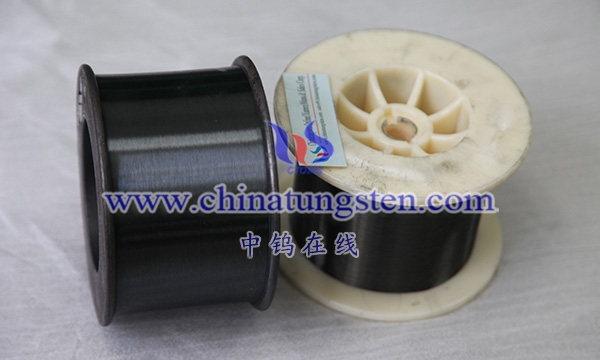
- Shortened working life
Accelerated oxidation:
In a high temperature and oxygen environment, the oxidation rate of tungsten wire will be significantly accelerated. Especially in an environment above 400°C, the oxidation reaction is more intense, resulting in a significantly shortened service life of the tungsten wire.
Thermal stress:
The difference in thermal expansion coefficient between the oxide layer and the tungsten wire substrate may lead to thermal stress concentration, increasing the risk of tungsten wire breakage. Especially under frequent temperature changes, this thermal stress effect will be more obvious.
- Preventive measures
Reducing the operating temperature:
Slightly reducing the operating temperature of the tungsten wire can reduce the rate of oxidation, but may sacrifice a certain degree of brightness and efficiency.
Protective atmosphere:
When using tungsten wire at high temperatures, it is usually necessary to operate in an inert gas (such as argon) or vacuum environment to avoid oxidation.
Coating protection:
The use of anti-oxidation coatings (such as hafnium and silicide coatings) can effectively delay the oxidation of tungsten and extend its service life.
Material improvement:
Select high-purity tungsten wire materials to reduce the impact of impurities on oxidation performance. At the same time, special tungsten wire alloys can be considered to increase the resistance to oxidation and ablation.
More details of tungsten wires, please visit website: http://tungsten.com.cn/tungsten-wires.html
Please contact CHINATUNGSTEN for inquiry and order of tungsten needles:
Email: sales@chinatungsten.com
Tel.: +86 592 5129595

